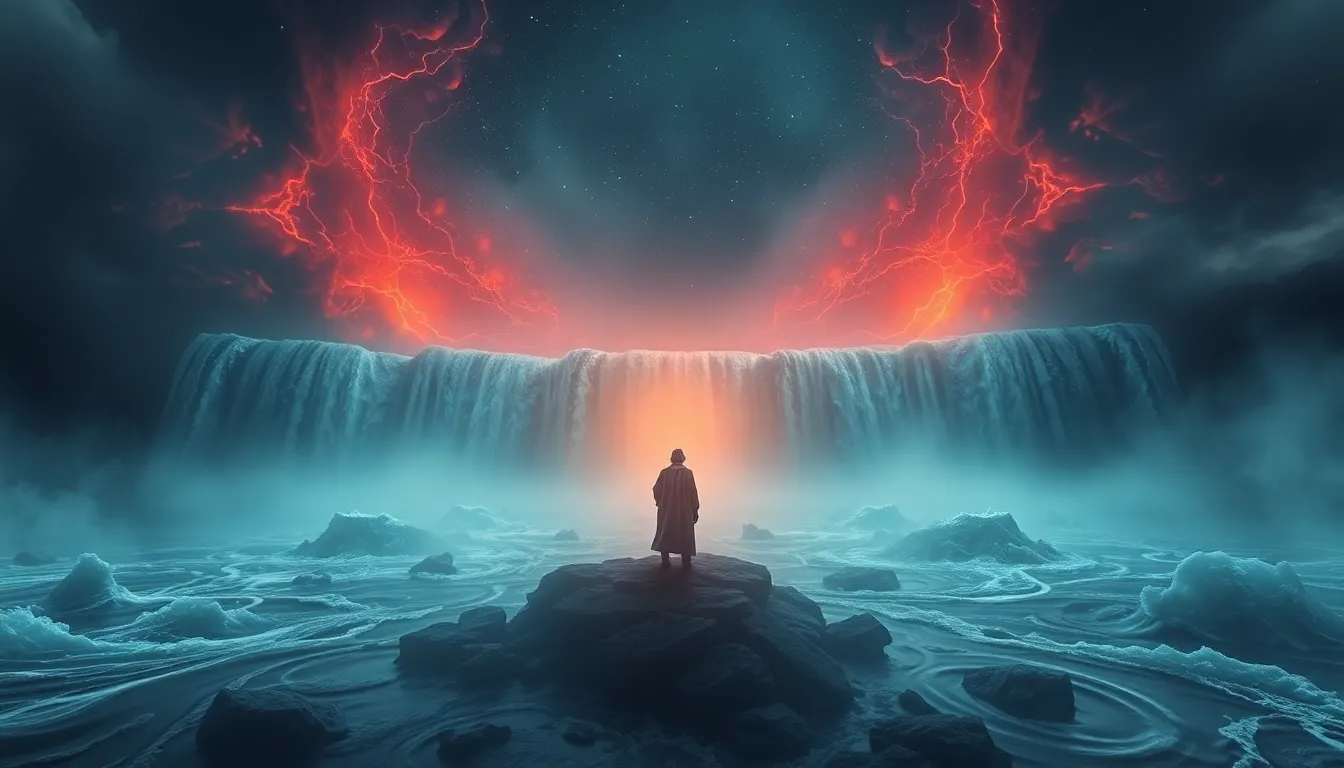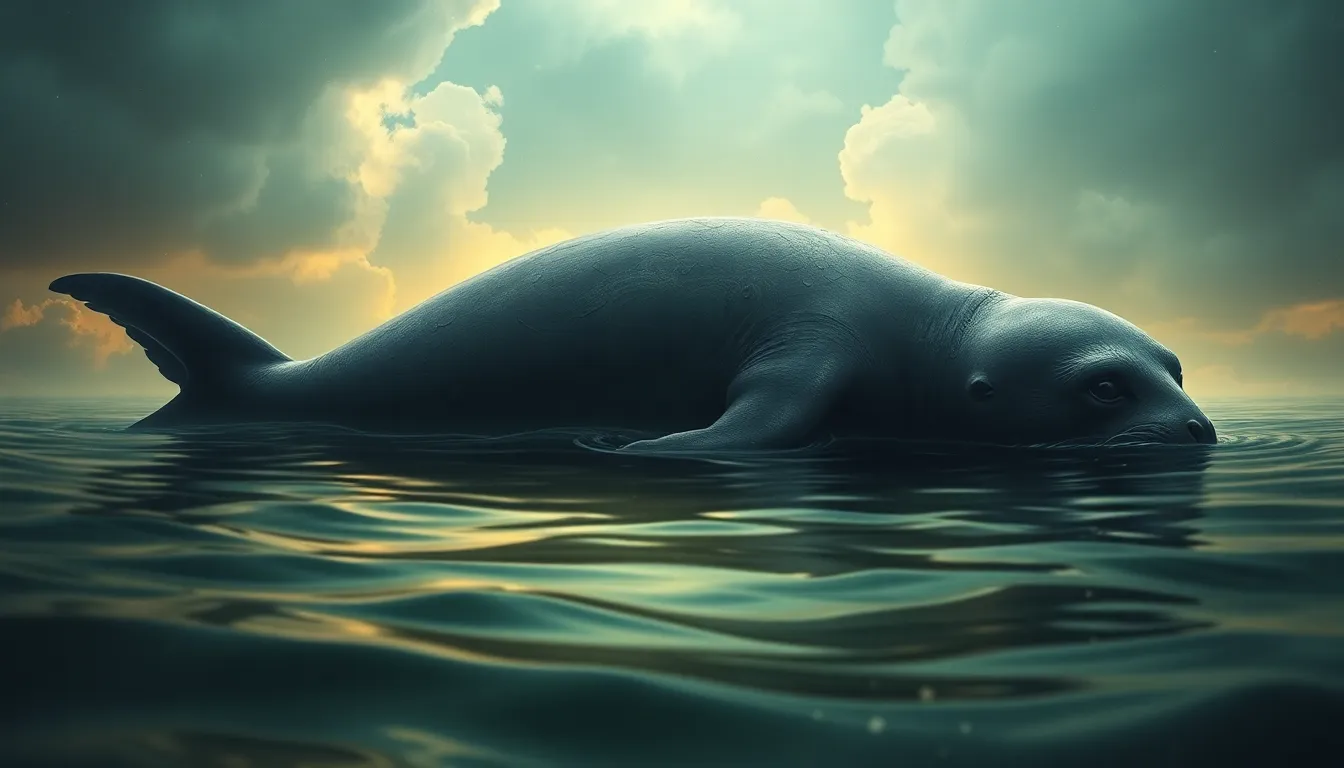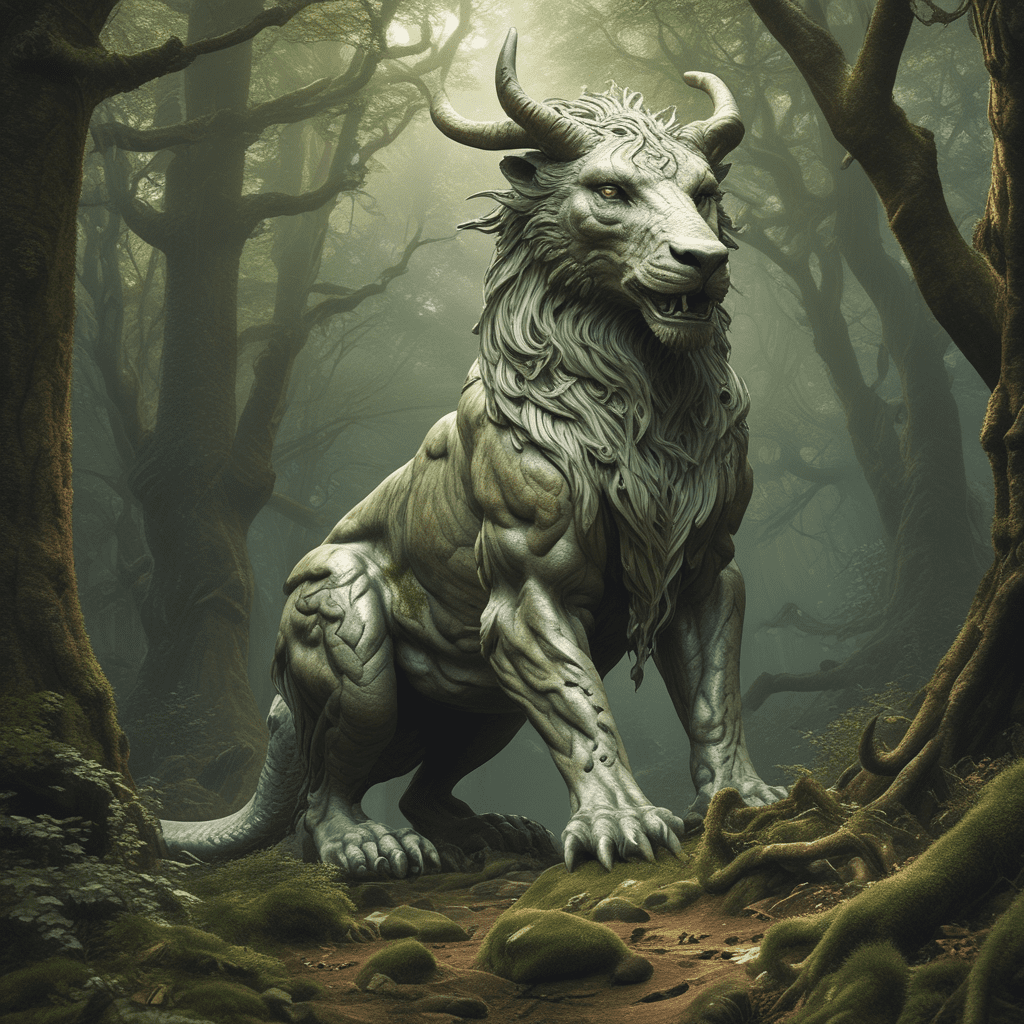The Peryton’s Dance: Unveiling Celtic Myths of Transformation and Magic
I. Introduction to the Peryton
The Peryton is a fascinating creature from Celtic mythology, renowned for its unique blend of attributes that embody both the animal and the human. Often depicted as a hybrid of a stag and a bird, this mythical being captures the imagination through its striking appearance and the mysteries surrounding its existence.
Historically, the Peryton has roots in the rich tapestry of Celtic mythology, a culture that celebrated the interplay of magic and transformation. The significance of the Peryton lies not only in its physical form but also in its representation of deeper themes within Celtic folklore, where transformation and magic play pivotal roles.
II. The Origins of the Peryton
The origins of the Peryton can be traced back to ancient Celtic beliefs and traditions that revered the natural world and its interconnectedness with the spiritual realm. This creature is believed to have emerged from the collective imagination of the Celts, shaped by their environment, cultural practices, and the stories passed down through generations.
Geography played a crucial role in the formation of the Peryton myth. The lush landscapes of the Celtic regions, with their dense forests and mystical hills, provided a fertile ground for tales of transformation and magical beings. The Peryton embodies the spirit of these natural surroundings, representing the harmony between nature and the supernatural.
When compared to other mythical creatures in Celtic mythology, such as the Selkie or the Banshee, the Peryton stands out due to its unique characteristics. While many myths focus on transformation between human and animal forms, the Peryton’s dual nature as a stag-bird hybrid adds a distinct layer to its symbolism.
III. Symbolism of the Peryton
The Peryton serves as a potent symbol of duality, embodying both animalistic instincts and human-like qualities. This duality reflects broader themes within Celtic mythology, where the boundaries between the natural and supernatural often blur.
- Themes of Transformation and Rebirth: The Peryton is often associated with cycles of life, death, and rebirth, emphasizing the fluidity of existence and the potential for change.
- Representation of Nature and the Supernatural: As a creature that bridges the earthly and ethereal realms, the Peryton symbolizes the deep connection the Celts felt toward nature and the mystical forces that govern it.
IV. The Dance of the Peryton
In various myths, the Peryton is often depicted as engaging in a mesmerizing dance, which serves as both a celebration of life and a ritualistic expression of magic. This dance is characterized by intricate movements that mimic the grace of both a stag and a bird, captivating those who witness it.
The role of dance in Celtic rituals is significant, often serving as a means of storytelling and community bonding. Through movement and rhythm, the Celts conveyed their beliefs, emotions, and experiences, and the Peryton’s dance embodies this cultural practice.
Movement and rhythm are essential elements in the theme of transformation. As the Peryton dances, it symbolizes the fluidity of identity and the capacity for change, inviting onlookers to contemplate their own journeys of transformation.
V. Magic and Transformation in Celtic Culture
Magic was deeply woven into the fabric of ancient Celtic society, influencing various aspects of life, from agriculture to healing practices. The Celts believed in the presence of magical forces in nature, which they could harness through rituals and spells.
The relationship between magic and nature was profound; the Celts viewed nature as imbued with spiritual significance. This connection is often reflected in the mythology surrounding the Peryton, as its dance and transformation echo the natural rhythms of the earth.
Moreover, transformation was not merely a fantastical concept but a means of personal and communal identity. Through transformation, individuals could transcend their limitations, embody different aspects of their being, and connect with the spiritual world.
VI. The Peryton in Literature and Art
The Peryton’s image has been immortalized in various forms of literature and art, both in ancient texts and contemporary adaptations. In classic Celtic literature, the Peryton appears as a powerful symbol of magic and transformation, often intertwined with tales of adventure and self-discovery.
Modern interpretations of the Peryton can be found in fantasy literature, where it has inspired authors and artists alike. The creature’s dual nature and magical qualities resonate with contemporary themes of identity and the quest for understanding.
- Artistic Interpretations: Sculptures and paintings often depict the Peryton in dynamic poses, highlighting its grace and the ethereal quality of its being.
- Influence on Contemporary Fantasy: The Peryton’s integration into modern fantasy genres showcases its lasting impact on storytelling and its adaptability to new narratives.
VII. The Legacy of the Peryton
The legacy of the Peryton continues to thrive in modern culture, where it serves as a symbol of transformation, magic, and the interconnectedness of nature and the supernatural. Its presence in contemporary storytelling reflects an enduring fascination with themes that transcend time.
As a symbol, the Peryton encapsulates the essence of transformation in human experience, reminding us of the potential for change and growth. It invites us to delve into our own narratives and explore the magic that resides within our lives.
Furthermore, the Peryton’s influence can be seen in various forms of media, from literature to film, where its captivating nature inspires new generations of creators and dreamers.
VIII. Conclusion
In summary, the Peryton stands as a compelling figure in Celtic mythology, embodying themes of transformation and magic that resonate deeply within the human experience. Its significance in ancient narratives and its continued relevance today highlight the importance of preserving and exploring mythical stories.
As we reflect on the enduring themes presented by the Peryton, we are encouraged to seek out and engage with the rich tapestry of Celtic myths and their relevance in our contemporary world. The dance of the Peryton invites us to embrace change and explore the magic that lies within us all.



